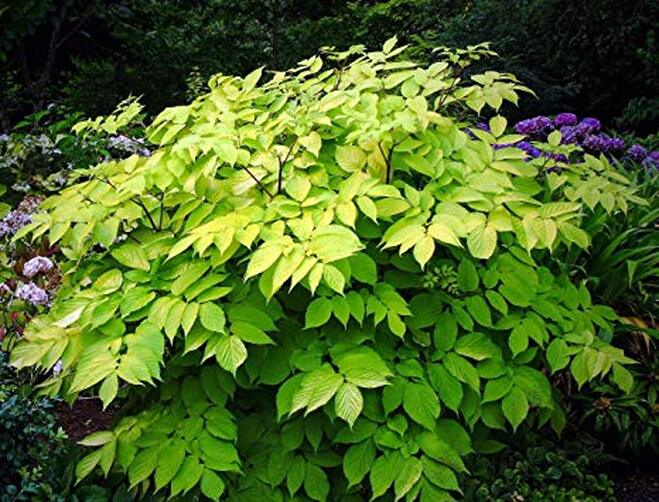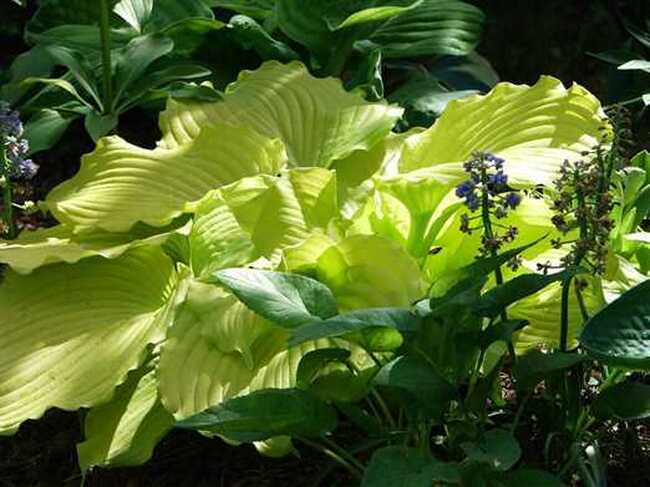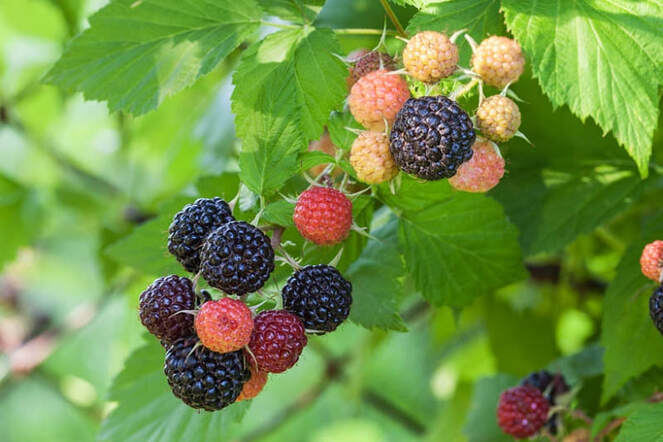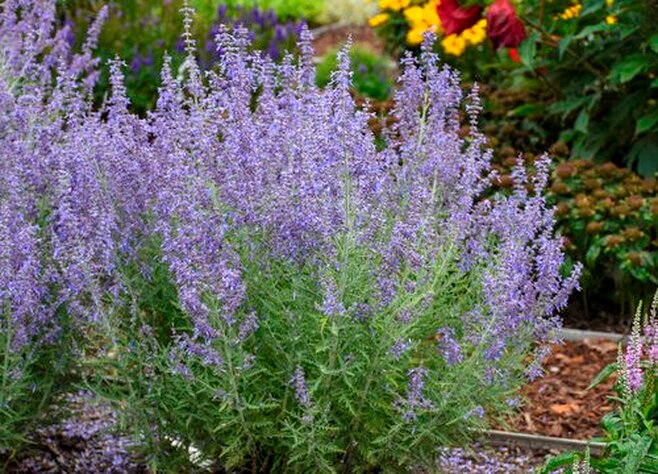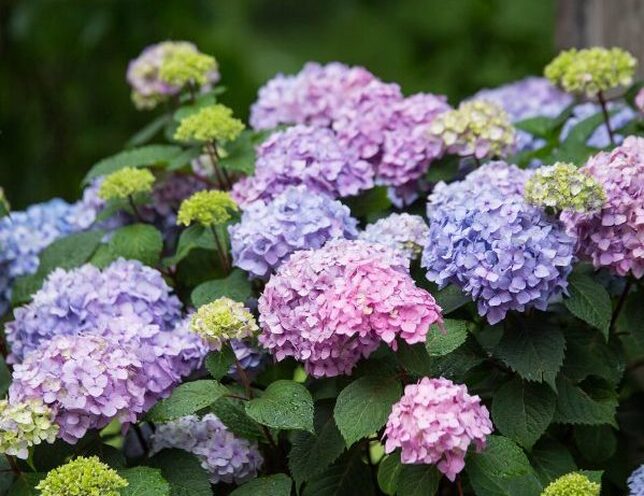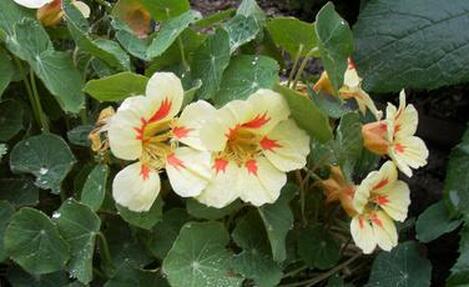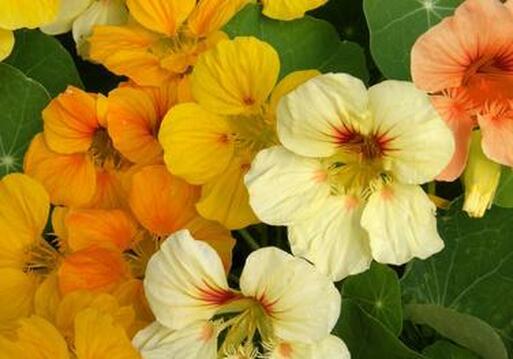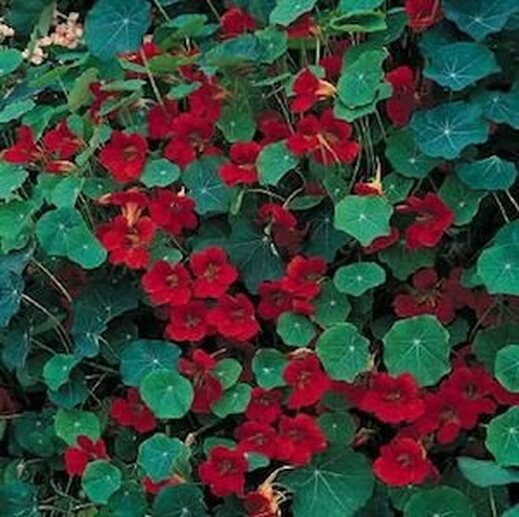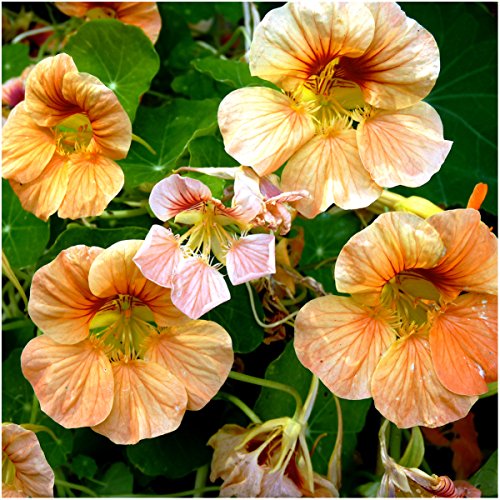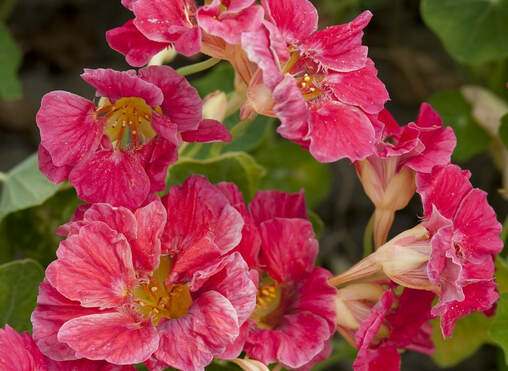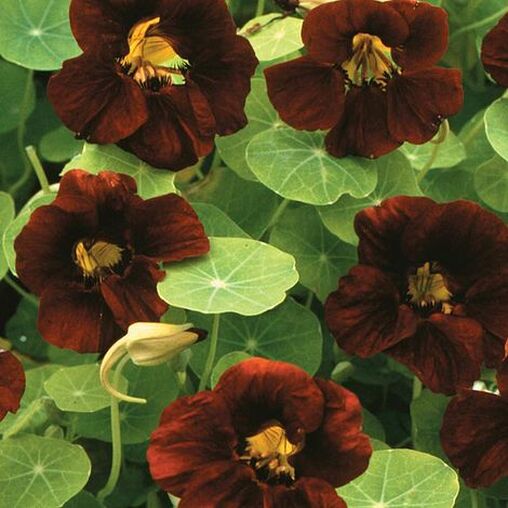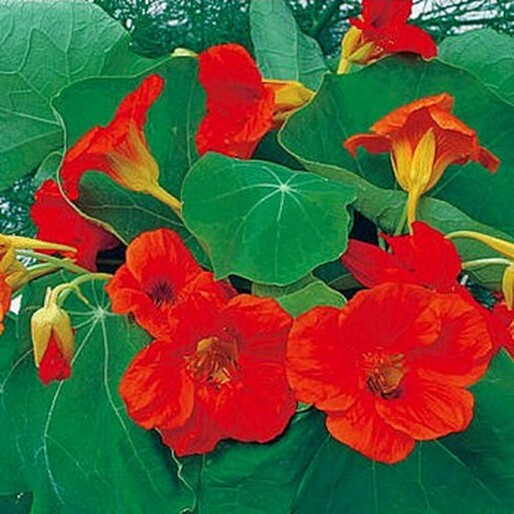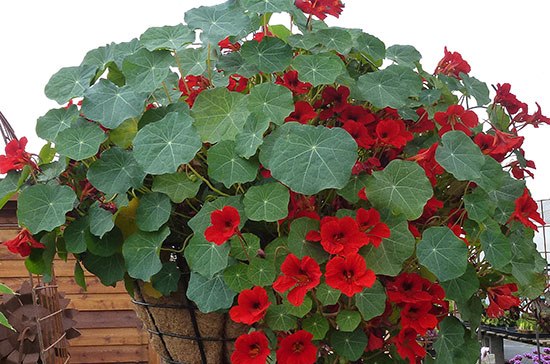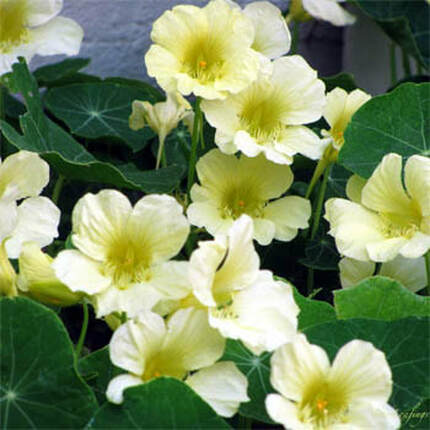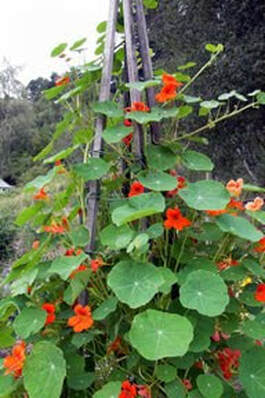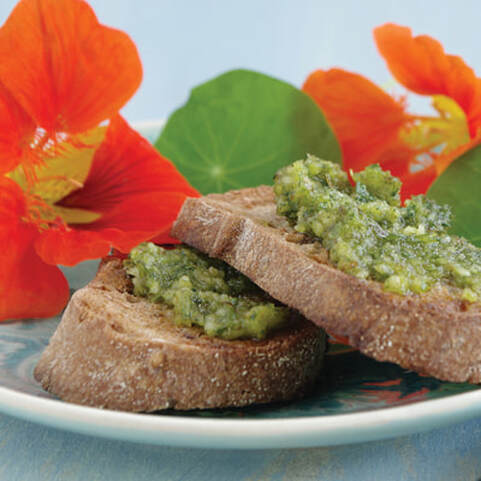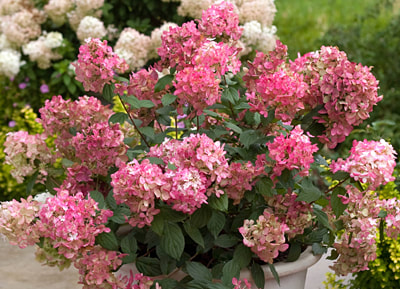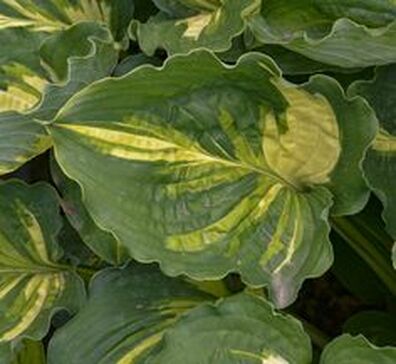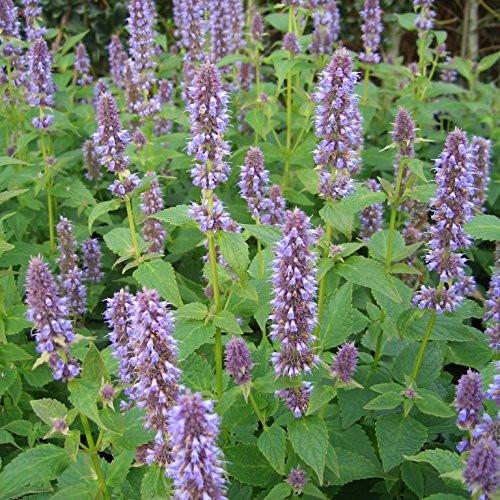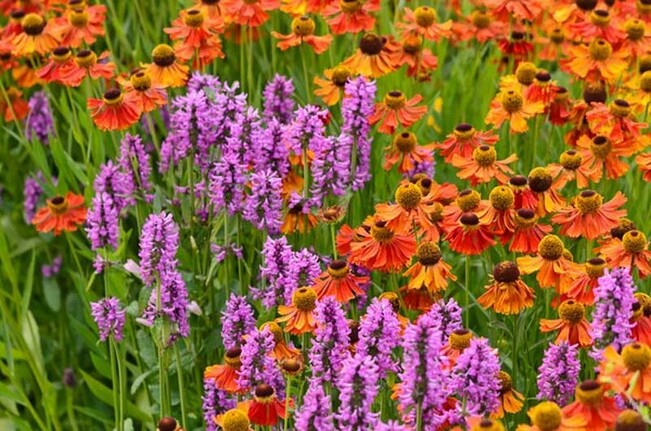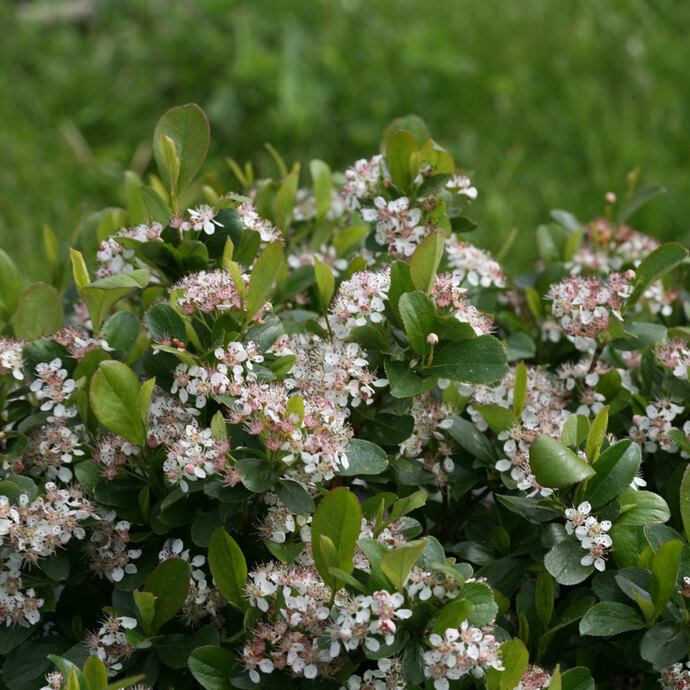|
2/9/2020 0 Comments Award-winning Plants for 2020It's always fun to see the plants that receive special recognition each year. This year is especially interesting as the perennial of the year and the hosta of the year are both shade lovers and both have striking chartreuse coloring. The 2020 Perennial of the Year, awarded by the Perennial Plant Association is Aralia 'Sun King' (shown above). 'Sun King' is a beautiful addition to the shade garden growing at least 3 feet tall and wide every year. In late summer it produces tiny white flowers that are followed by deep purplish black berries (that are inedible). 'Sun King' is deer resistant and the flowers attract honeybees. As you can see from the photo above, Hosta 'Dancing Queen' glows in the shade garden. Chosen by the American Hosta Association as this year's hosta of the year, the chartreuse foliage is stunning! The ruffled margins and deep, corrugated veins make her dance in the garden. She grows 22 inches tall and up to 40 inches wide. The International Herb Association is celebrating it's 25th anniversary this year and has chosen Rubus spp. as it's herb of the year. The Rubus family, which includes raspberries, blackberries, and other brambles, may not seem much like an herb, but the roots and canes have useful qualities in addition to the fruits. The leaves have medicinal qualities and have been used in teas. It's about time this yummy fruit gets some attention and is celebrated. Since 2016, Proven Winners has had their own set of award-winning plants. Those receiving top honors include Perovskia 'Denim and Lace' shown above. Euphorbia 'Diamond Frost'took top place among annuals, and Hydrangea 'Invincible Ruby' was chosen best among shrubs. To see their complete list of winners, click here. Finally, every year the National Garden Bureau declares it's Year of the . . .' for each category including vegetables, annuals, herbs, perennials, and flowering shrubs. This year has been deemed the Year of the Hydrangea. We can't think of a better choice! To see their complete list of winners, click here.
0 Comments
3/26/2019 4 Comments A Rainbow of NasturtiumsNasturtiums have a lot of good things going for them: easy to grow, undemanding, rabbit and deer tolerant, attract hummingbirds, come in a rainbow of colors, and they are edible. They can be categorized as either mounding Nasturtiums or climbing Nasturtiums. Most fall into the mounding category, growing 10-12" tall and similar spread, although some varieties can spread 2-3 feet. Ranging from the creamy flowers of 'Vanilla Berry' to the rich ruby of 'Black Velvet', how can you only choose one to grow? We certainly couldn't. That's why we have over a dozen varieties on our seed rack this spring. Here are a few of them: * Two heirloom Nasturtiums of note that are on our seed racks this year: 'Scarlet Gleam' has a semi-trailing habit making its brilliant red flowers perfect for hanging baskets and containers. 'Empress of India' is one of the oldest Nasturtiums known to exist. This prolific heirloom produces deep crimson flowers and has blue-green foliage. Finally, the climbers. Imagine these lovely, edible flowers clamoring up a trellis or spilling over a wall. 'Moonlight' bears soft yellow blossoms on twining vines and lily pad-shaped leaves. Another climber is 'Spitfire' with scarlet-red flowers that are a beacon for hungry hummingbirds. Both varieties grow 4-6 feet tall and can be trained to climb up short trellises. Use loose ties to get them started. GROWING TIPS: Nasturtium are easy to grow from seed which are odd-looking large seeds with a hard seed coat. They can take 7-14 days to germinate, so nicking them and soaking them in luke-warm water overnight will speed things up. It's best to sow the seed directly in the ground 1-2 weeks after the last average frost. Although not recommended, seeds can be started indoors 2-4 weeks before the last frost. Sow in biodegradable pots that can be directly planted in the ground. Plant in full sun or part shade and give them minimal care. They thrive on neglect! They also have beneficial properties in the garden making them good companions for zucchini and other squashes. One of the best features of Nasturtiums is that they are edible. The flowers' peppery flavor and the spicy, watercress-taste of the leaves are a welcome addition to fresh salads and sandwiches. Or use them in this pesto recipe from one of our favorite seed growers Botanical Interests.
NASTURTIUM PESTO 1 cup packed nasturtium leaves and stems, washed and dried 15–20 basil leaves 4 garlic cloves ½ cup pine nuts, lightly toasted ½ cup or more of extra virgin olive oil ½ cup Parmesan cheese, grated ½ teaspoon salt ½ tablespoon lemon juice Directions: Add all ingredients to a food processor or blender and blend until smooth, scraping the sides periodically to fully incorporate ingredients. Add more olive oil for desired consistency. 2/5/2019 0 Comments Award-Winning Plants for 2019Winter is the perfect time to think about spring, the garden, and new plants to add to your mix. But how does one choose from all the varieties that are available? First and for most, consider your light conditions – not only is it sun or shade, but when is it sunny? Morning sun is very different from afternoon sun which is very different from all-day sun. Then I suggest looking to plants that are long-flowering or strong performers in the garden. The best place to look is at the lists of award-winning plants. Following are this year’s winners. HOSTA OF THE YEAR Those of you with shade gardens may be tired of hostas, but this year’s winner is worth taking a look at. ‘Lakeside Paisley Print’ not only is the Hosta of the Year, it also won the popularity vote among the American Hosta Society members, which means it is loved by everyone. Maybe it’s the dark green, wavy, heart-shaped leaves with the interesting feathery pattern of cream that’s so alluring. This medium- size hosta grows 10” tall and 20” wide and does well in part sun to shady conditions. HERB OF THE YEAR For years the Herb Society of America has selected an herb of the year, and this year is no different. Agastache takes top honors in 2019 which some would say is long overdue. Agastache foeniculum (also known as anise hyssop) is part of the mint family and is most often used in herbal teas. The leaves have a licorice/anise flavor with hints of basil. This is one herb that should be allowed to flower. Not only are the flowers edible, but the long candles of florets attract bees and other pollinators. Although it is hardy here in Wisconsin, it is considered to be a short-lived perennial, but worth planting if it doesn’t reseed. PERENNIAL OF THE YEAR It’s always exciting to see which perennial is chosen by the members of the Perennial Plant Association. This year’s is a darling in the full-sun to part-shade garden – Stachys ‘Hummelo’. It’s pretty magenta wands dance above compact mounds of attractive foliage. And though deer find it distasteful, pollinators find it irresistible. ‘Hummelo’ looks best when planted in drifts with ornamental grasses, Echinacea and Helenium. OTHER HIGH-HONOR PLANTS It seems as though every grower is developing their own award program. Particularly noteworthy are the award-winning shrubs crowned by Proven Winners this year. Keep your eyes open for Aronia ‘Low-scape Mound’ Aronia (chokeberry), ‘Firelight’ Hydrangea, and ‘Sonic Bloom’ Weigela. They take top honors for performance, reliability, and disease-resistance and deserve a spot in your landscape. Tracy Hankwitz
Horticulturist and general manager of Burlington Garden Center where you’ll find most of these award-winning plants this spring. |
|
|
STORE INFO
5205 Mormon Road Burlington, WI 53105 262.763.2153 |

